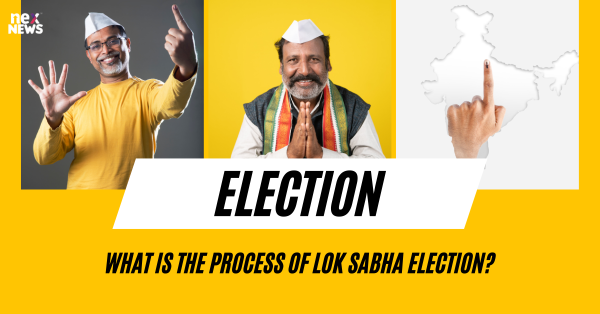The Electoral System in India
India follows a parliamentary system of government where members of the Lok Sabha (House of the People) are elected through a first-past-the-post electoral system. The President of India is elected through an indirect election process, where the elected members of both the Lok Sabha and the Rajya Sabha (Council of States) participate along with members of the Legislative Assemblies of the States.
The electoral system in India operates on a federal structure, meaning that elections are conducted at both the national and state levels. This multi-layered approach ensures that the diverse needs and concerns of the Indian population are represented in the democratic process. Additionally, the Election Commission of India plays a crucial role in managing the electoral process and ensuring free and fair elections throughout the country.
Constituencies and Delimitation
Constituencies in India refer to the geographical areas within which elections are held to elect representatives. These constituencies are demarcated based on population size and geographical considerations to ensure fair and equal representation of the people. The process of delimitation involves redrawing the boundaries of these constituencies to account for changes in population distribution and demographic shifts.
Delimitation in India is conducted by an independent Delimitation Commission appointed by the President of India. The Commission reviews the existing constituencies and makes recommendations for their reorganization based on the latest census data. This process aims to balance the population size of each constituency and prevent malapportionment, where some constituencies have significantly larger or smaller populations than others. By ensuring a more equitable distribution of voters, delimitation plays a crucial role in upholding the democratic principle of one person, one vote.
Voter Registration and Voter ID Cards
In India, the process of voter registration plays a vital role in ensuring the democratic right of every citizen to participate in elections. The voter registration process involves eligible individuals submitting their details such as name, address, age, and other relevant information to the Election Commission of India. This ensures that the electoral rolls are updated regularly and accurately reflect the eligible voters in each constituency.
Voter ID cards, also known as Electors Photo Identity Card (EPIC), are issued to registered voters as a proof of their identity and eligibility to vote. These cards contain unique identification numbers and photographs of the voters, serving as a crucial document during the electoral process. Voter ID cards not only help in preventing fraudulent voting practices but also assist in maintaining the integrity and transparency of the elections in India.
Nomination of Candidates
In the Indian electoral system, the nomination of candidates marks a crucial step in the election process. To vie for a political position, individuals must adhere to the guidelines set forth by the Election Commission of India. Part of this process involves submitting relevant documents and forms within the designated timeframe as specified by the electoral laws.
Candidates must fulfill certain eligibility criteria such as age, nationality, and criminal record status to qualify for nomination. In addition, aspiring candidates are required to provide a security deposit which is refundable under specific conditions. The nomination process aims to ensure that only eligible and qualified individuals have the opportunity to contest in the elections, thereby upholding the democratic principles of the Indian electoral system.
Campaigning and Electioneering
Campaigning and electioneering play a crucial role in shaping the outcome of elections in India. Political parties and candidates strive to reach out to voters through various mediums such as rallies, speeches, door-to-door canvassing, and social media campaigns. The goal is to garner support, communicate their agenda, and persuade voters to cast their ballots in their favor.
During the campaign period, the political competition intensifies as candidates showcase their strengths and attempt to highlight the weaknesses of their opponents. The use of slogans, symbols, and catchy jingles is a common strategy employed to leave a lasting impression on voters' minds. Additionally, debates and public forums provide an opportunity for candidates to engage in direct exchanges, allowing voters to make informed decisions based on the issues discussed and the candidates' proposed solutions.
